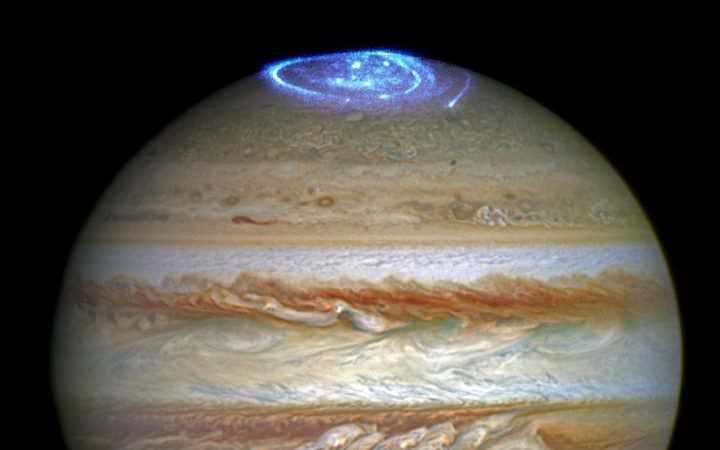OF THE
TIMES
A small body of determined spirits fired by an unquenchable faith in their mission can alter the course of history.
“…Fears and deep-seated anxieties” are what create the need for power – and wars. But power is an illusion, no one can hold it forever. History...
Do they cover their faces so nobody notices that they aren't really Germans?
An essay is a written piece of work that explores a particular topic or presents an argument. It typically consists of an introduction, body...
So, another government is going to investigate itself….
Good to know. Now, what do we do about this? Stop using electronic communication? Create a 'straw man' for ourselves and live two lives? Any...
To submit an article for publication, see our Submission Guidelines
Reader comments do not necessarily reflect the views of the volunteers, editors, and directors of SOTT.net or the Quantum Future Group.
Some icons on this site were created by: Afterglow, Aha-Soft, AntialiasFactory, artdesigner.lv, Artura, DailyOverview, Everaldo, GraphicsFuel, IconFactory, Iconka, IconShock, Icons-Land, i-love-icons, KDE-look.org, Klukeart, mugenb16, Map Icons Collection, PetshopBoxStudio, VisualPharm, wbeiruti, WebIconset
Powered by PikaJS 🐁 and In·Site
Original content © 2002-2024 by Sott.net/Signs of the Times. See: FAIR USE NOTICE

Every planetary image out of NASA is a composite. There are no photo's to be seen anywhere - especially of Earth. The so called aurora in this composite "image" (notice they don't actually call it a photo) is fake as hell. If these so called auroras never cease why have they only just started appearing in images of Jupiter? Where were they in the Voyager flyby's in the 70's? I suspect NASA is merely updating Jupiter images with better fakes like they have with the blue marble series of Earth images, none of which resemble any other.